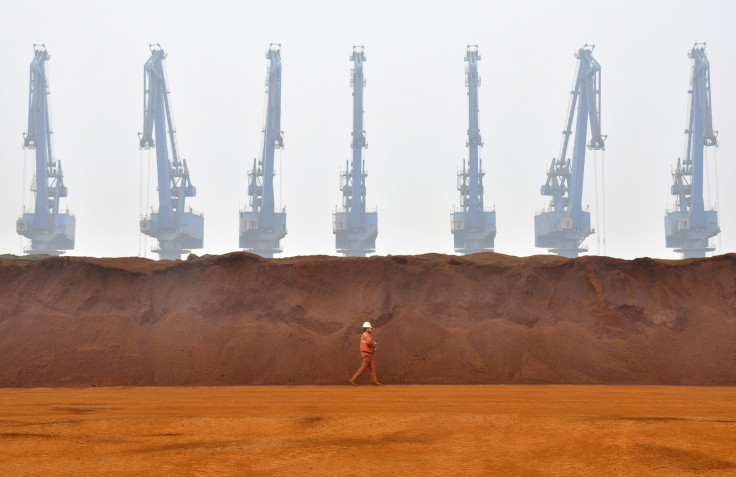Australia Cuts Interest Rate, As Expected, To Boost Growth In Non-Mining Sectors; Analysts Expect More Cuts

Australia’s central bank, on Tuesday, lowered its cash rate by 25 basis points, to a low of 2.5 percent not seen since 1959, in a bid to rebalance the economy by reducing its dependence on the mining sector that helped the country stave off the global financial crisis and the subsequent recession.
Glenn Stevens, governor of the Reserve Bank of Australia, or RBA, said in a statement, on Tuesday, that global financial conditions remain “very accommodative,” but financial markets have been increasingly volatile, hurting emerging market economies in particular.
The Australian economy has been growing “a bit below trend” over the past year, Stevens said, adding that the trend “is expected to continue in the near term as the economy adjusts to lower levels of mining investment.”
Australia’s Treasurer, Chris Bowen, said in a statement on Friday, that “the transition in the resources sector from a record investment boom to strong growth in production and exports is currently under way,” adding: “This will mean that non-mining sectors of the economy will need to lead growth in future.”
However, international trade figures, released on Tuesday by the Australian Bureau of Statistics, showed that boosting growth in production and exports may be easier said than done.
Australia recorded a trade surplus worth $602 million in June, compared to a surplus of $507 million in May, while exports fell 1 percent and imports fell 2 percent, according to the data, which economists termed as disappointing.
“The data shows you're going to be relying on net exports for economic growth, the domestic demand is going to be weak and that is going to be further exacerbated by a deterioration in the labour market,” Su-Lin Ong, senior economist at RBC Capital Markets, told Australian Associated Press.
“Net exports still look as though they will contribute to growth in the quarter but not as much as we thought.”
Prime Minister Kevin Rudd, who has begun campaigning for the federal election scheduled for Sept. 7, has made the country's economic transition his top priority, saying Australia cannot always depend on Chinese demand for iron ore and coal to drive the economy.
Australia, on Friday, cut its economic growth outlook for the financial year ending in June 2014 to 2.5 percent from 2.75 percent, mainly due to a downturn in mining investment, which is projected to cut jobs and hurt earnings.
The Treasury Department, on Friday, raised its estimated deficit for the current fiscal year to 30.1 billion Australian dollars ($26.8 billion), from its May estimate of $18 billion Australian dollars, mainly due to slowing mining activity.
“The unemployment rate has edged higher. Recent data confirm that inflation has been consistent with the medium-term target. With growth in labour costs moderating, this is expected to remain the case over the next one to two years, even with the effects of the recent depreciation of the exchange rate,” RBA's Stevens said on Tuesday.
He said the Australian dollar has depreciated by around 15 percent since early April, adding it is possible that the exchange rate “will depreciate further over time, which would help to foster a rebalancing of growth in the economy.”
Analysts who spoke to Sydney Morning Herald said RBA could lower rates again later this year to boost growth, while bankers, who promptly passed on the rate cuts to their customers, said the decision was critical for businesses in the current environment.
“Rate cuts aren't a silver bullet in isolation, but they contribute to increasing confidence and a quick decision from us is just one way we can help provide some certainty to our customers,” Stuart Grimshaw, CEO of Bank of Queensland, told the Herald.
© Copyright IBTimes 2025. All rights reserved.




















